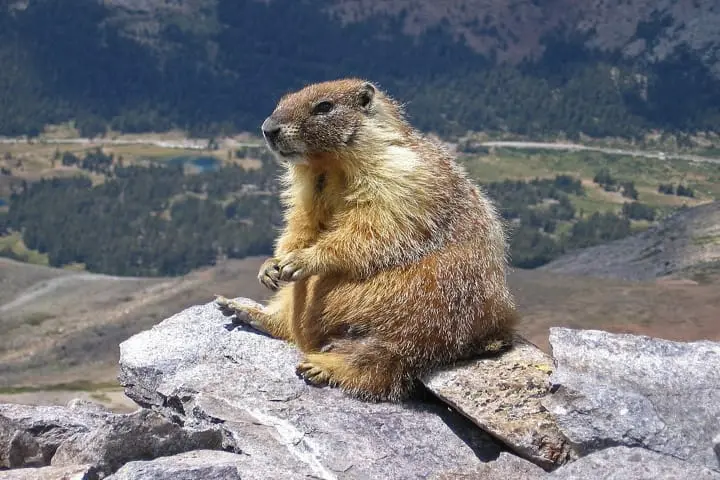It has been a quest for human beings to somehow stop aging or at least slow down the process. Now as per a report in smithsonianmag.com, with scientists having found that yellow-bellied marmots – large, stout-bodied ground squirrels — who after hibernating for eight months, when they come out of their den, are biologically same age, this search will get a fillip.
This study about these squirrels, which appeared in the March issue of Nature Ecology and Evolution, could uncover key elements for scientists who have been exploring for a long time how to slow down aging in people.
Reporting for Discover, Holly Barker wrote that the ability of these mammals not to age may be connected with metabolic changes that take place in their bodies when they go in for deep hibernation.
In fact, in past studies, it was found that the duration of life becomes longer for hibernators as compared to non-hibernators, and the reasons for that is one, they are less prone to predation and two they are also exposed to much lesser pathogens.
Yet, in this new study, researchers have put forward that hibernation can bring aging to a halt altogether.
Also read: Research reveals secret of Hydra's immortality
Yellow-bellied marmots are the size of a cat and are rodents who are butter-coloured and their life expectancy is 15 years on average. This is much more than what is expected from a rodent of their size.
To collect information and data on how these creatures remained young for long, the scientists tracked their subjects right from the moment they emerged from their burrows as pups.
Further the researchers zoomed in on females of the species as they lived very close to their natal burrow their entire life, while the males tended to leave and return later. All put together, blood samples from 73 female marmots were collected. For a long period – 14 summers — scientists took samples of blood every two weeks from marmots near their burrows.
In order to find out the metabolic changes that took place in these mammals while they hibernated, the scientists took measurements of epigenetic markers. These are natural alterations to DNA that take place over a period of time as the being ages.
What was found is that over time, there were few epigenetic changes that had taken place in the DNA of the marmots during hibernation. Therefore, in terms of biological language, the squirrel doesn't age since first falling asleep. Significantly, hibernating is not what it seems to be – an eight-month nap.
During hibernation, the mammals undergo suppression at a metabolic level. These are manifested in the drop of their body temperature, which comes down to 41 degrees Fahrenheit – just above freezing – while their body drops up to a gram per day.
Sharing his thoughts, Dan Blumstein, a biologist at UCLA said while hibernating, the animal "feels like a cold, fuzzy rock”.
There are two weeks of inactivity while there are few hours of increased metabolism or arousal. The movement from inactivity to this arousal is suggested to turn on cellular activity which is connected to aging like oxidative stress. The suppression of arousal events may actually be reducing the process of aging. While these squirrels hibernate, their DNA methylation slows down and it revives when they come out of hibernation in spring. This could be a way which helps them in extending their lifespan.
The importance of this discovery is significant. It may help doctors to aid in better methods for preserving organs for transplantation by stopping DNA methylation marks on the tissues. At the same time, this study could help scientists at the National Aeronautics and Space Administration to find a way to copy hibernation for long-term spaceflight missions which extend and go beyond the scope of the typical human lifespan.




















